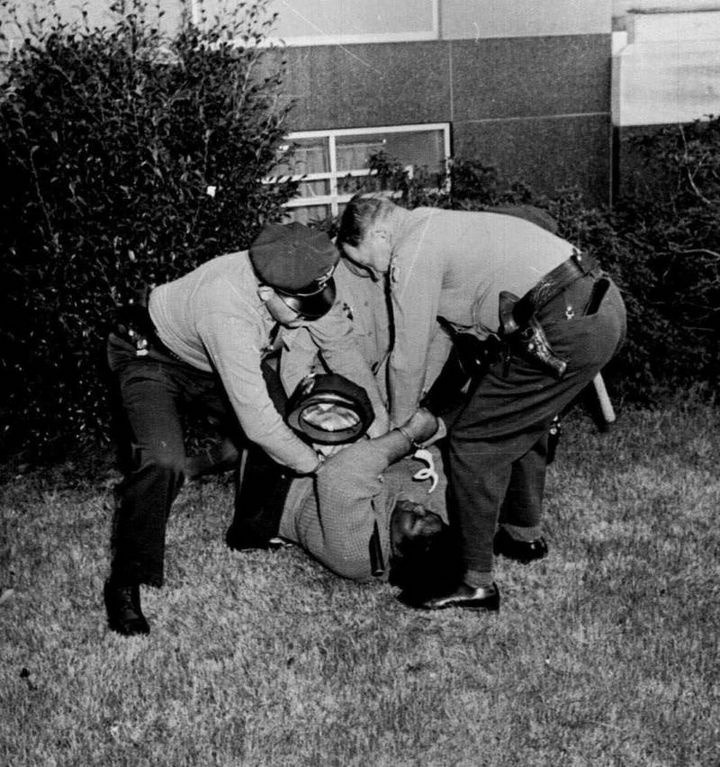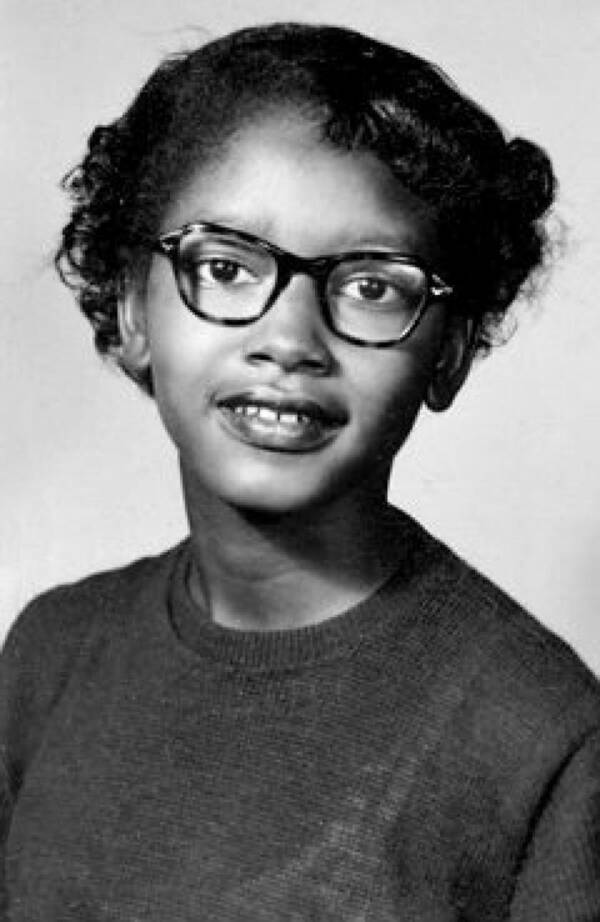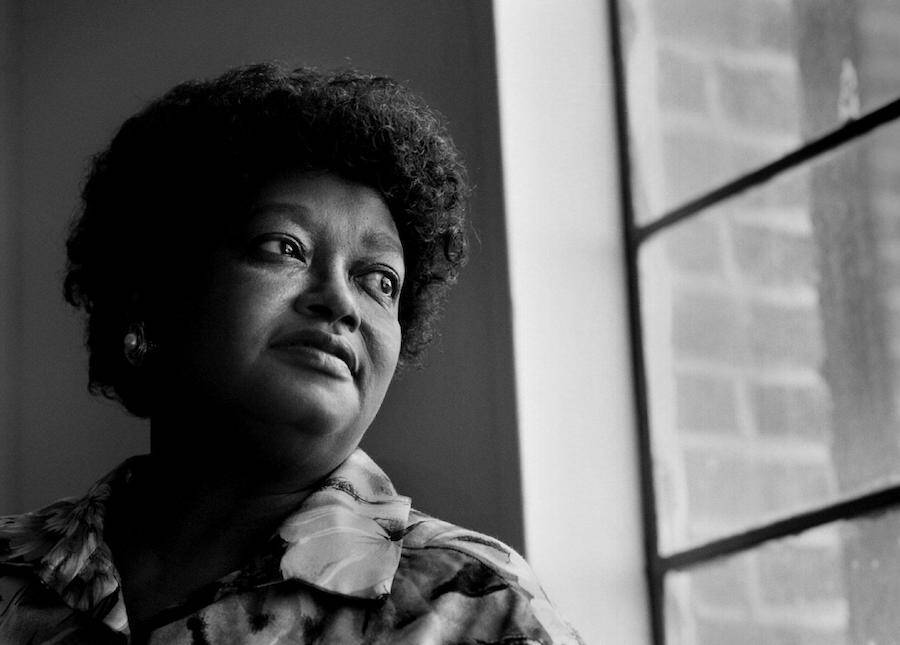9 Unsung Civil Rights Leaders You Never Learned About in School
When people think of the Civil Rights Movement, names like Martin Luther King Jr. and Rosa Parks immediately come to mind. Yet behind every public leader stood countless individuals who fought with equal passion and courage. Their names may not appear in textbooks, but their efforts shaped the fight for justice in profound ways.
These are the lesser-known figures who challenged inequality, risked everything for freedom, and helped build the foundation for civil rights in America.

Hidden Architects of Social Change
The fight for equality was never the work of a few—it was the collective effort of millions. Teachers, pastors, students, and everyday citizens became the lifeblood of the movement. Some wrote laws, others led protests, and many quietly worked behind the scenes.
Gender bias and prejudice often kept these pioneers from receiving credit. Activists such as Dorothy Height and Bayard Rustin faced exclusion due to sexism or sexuality, yet their determination kept the movement alive. Their stories prove that progress has many authors, even when history forgets their names.
Claudette Colvin: The Teen Who Refused to Move
In March 1955, nine months before Rosa Parks made history, 15-year-old Claudette Colvin in Montgomery, Alabama, refused to give up her bus seat to a white passenger.
“I felt Harriet Tubman’s hand pushing me down on one shoulder and Sojourner Truth’s on the other,” she later said.
Dragged from the bus by officers, she shouted, “It’s my constitutional right!” Her act of defiance came long before national attention reached Montgomery, but because she was young, dark-skinned, and became pregnant, her bravery was overlooked.
Video : History Bites : Claudette Colvin
Later that year, Colvin testified in Browder v. Gayle, the case that ended bus segregation. Her courage may not have made headlines, but it helped reshape the law.
Pauli Murray: The Legal Mind Who Changed History
Pauli Murray was a trailblazing attorney and thinker whose legal ideas transformed the understanding of equality. Her theories influenced both Thurgood Marshall and Ruth Bader Ginsburg, leaving an invisible but lasting mark on American law.
Murray coined the phrase “Jane Crow” to describe the dual discrimination faced by Black women—oppressed for both race and gender. Her writings became key tools in dismantling segregation and paving the way for women’s rights.
Dorothy Height: The Quiet Power of Leadership
Dorothy Height spent more than six decades advocating for racial and gender justice. As leader of the National Council of Negro Women, she focused on education, job opportunities, and political inclusion.
Although often overshadowed by male counterparts, Height’s strategic guidance strengthened the civil rights movement from within. Her steady leadership and unwavering focus turned community work into national change..

Bayard Rustin: The Strategist Behind the March
Few realize that Bayard Rustin organized the historic March on Washington in 1963. A master strategist and mentor to Martin Luther King Jr., he introduced the philosophy of nonviolent protest inspired by Gandhi.
Because he was gay and outspoken, he was pushed out of the spotlight. Yet his discipline and organizational skill shaped the success of the movement’s largest demonstration. His story reminds us that courage sometimes thrives in silence.
Fannie Lou Hamer: The Voice That Stirred the Nation
Born into poverty in Mississippi, Fannie Lou Hamer became one of the most passionate voices for voting rights. In 1964, she spoke live on national television during the Democratic National Convention, delivering an unfiltered account of racism and violence in the South.
“I am sick and tired of being sick and tired,” she declared, her voice shaking the conscience of the nation. Her testimony inspired reforms that opened the political system to millions of disenfranchised Americans.
Fred Shuttlesworth: The Pastor Who Stood His Ground
Fred Shuttlesworth was one of the bravest figures of the movement. His home and church were bombed, and he faced brutal beatings, yet he refused to stop. He helped found the Southern Christian Leadership Conference and invited King to Birmingham, sparking one of the most defining campaigns in civil rights history.
Video : Claudette Colvin: Do You Know Her Story?
“You can kill the body, but not the dream,” he said, a line that captured the spirit of unbreakable hope.
Septima Clark: The Educator Who Taught Freedom
Known as the “Teacher of the Movement,” Septima Clark believed that literacy was liberation. Through her Citizenship Schools, she taught thousands of Black adults to read, write, and register to vote.
Her students went on to become leaders themselves, spreading empowerment across the South. Though she rarely appeared on stage, her influence reached every corner of the struggle for justice.
Ella Baker: The Mentor of the People
Ella Baker believed leadership belonged to everyone. She helped create the Student Nonviolent Coordinating Committee (SNCC) and inspired young activists to organize their own communities.
“Strong people don’t need strong leaders,” she often said. Her belief in collective action continues to influence social movements around the world.
Jo Ann Robinson: The Organizer Who Sparked a Movement
When Rosa Parks was arrested, Jo Ann Robinson worked through the night, printing and distributing thousands of flyers calling for a bus boycott. Her decisive action transformed one act of resistance into a 381-day protest that changed the course of American history.
She never sought fame, yet without her, the Montgomery Bus Boycott might never have begun.

Conclusion: Honoring the Overlooked
Progress was never driven by fame—it was powered by courage. Claudette Colvin’s defiance, Pauli Murray’s intellect, Fannie Lou Hamer’s voice, and Bayard Rustin’s strategy all reveal the depth of the Civil Rights Movement’s true strength.
Their stories remind us that change doesn’t always come from the spotlight. It comes from persistence, conviction, and the belief that equality belongs to everyone. These unsung heroes may not have monuments, but their impact continues to shape every step toward justice today.